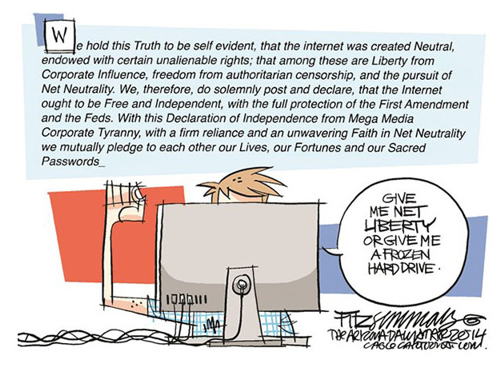 |
| Slo-Mo Pro Flo, lart-physics |
***
A tech/salesperson the other day told me his brand was better because of training. Instantly images of sitting in training class, learning how an IP address is constructed and then sitting at my desk and trying to troubleshoot routing for a webpage in the cluster came to mind. In other words training isn't always what it's cracked up to be. On the other hand, you want the tech to know what will break the system before he/she breaks it.Add to that the fact that everyone learns differently. I tend to break things, then learn by fixing them--not always, but often enough for it to be a pattern. So I avoid situations that are critical. There are a number of sites that talk about the three main learning styles--hearing, seeing, and doing. "How do you learn?" is a nice presentation of these styles.
Learning via the web is just plain wonderful, especially with the amount of information available via YouTube, Wikipedia, online magazines, and other sources (note: be sure to verify that the information there is reliable by cross-checking facts and opinions). But this falls into the 'seeing' category. To really learn a thing you have to do it.
For example, if you want to learn more about electricity, try this to get started:
***
***
If the project above is too simple, try electronics using LEDs.
***
***
And when your latest project fails, remember this.
***
***
-- Marge








































